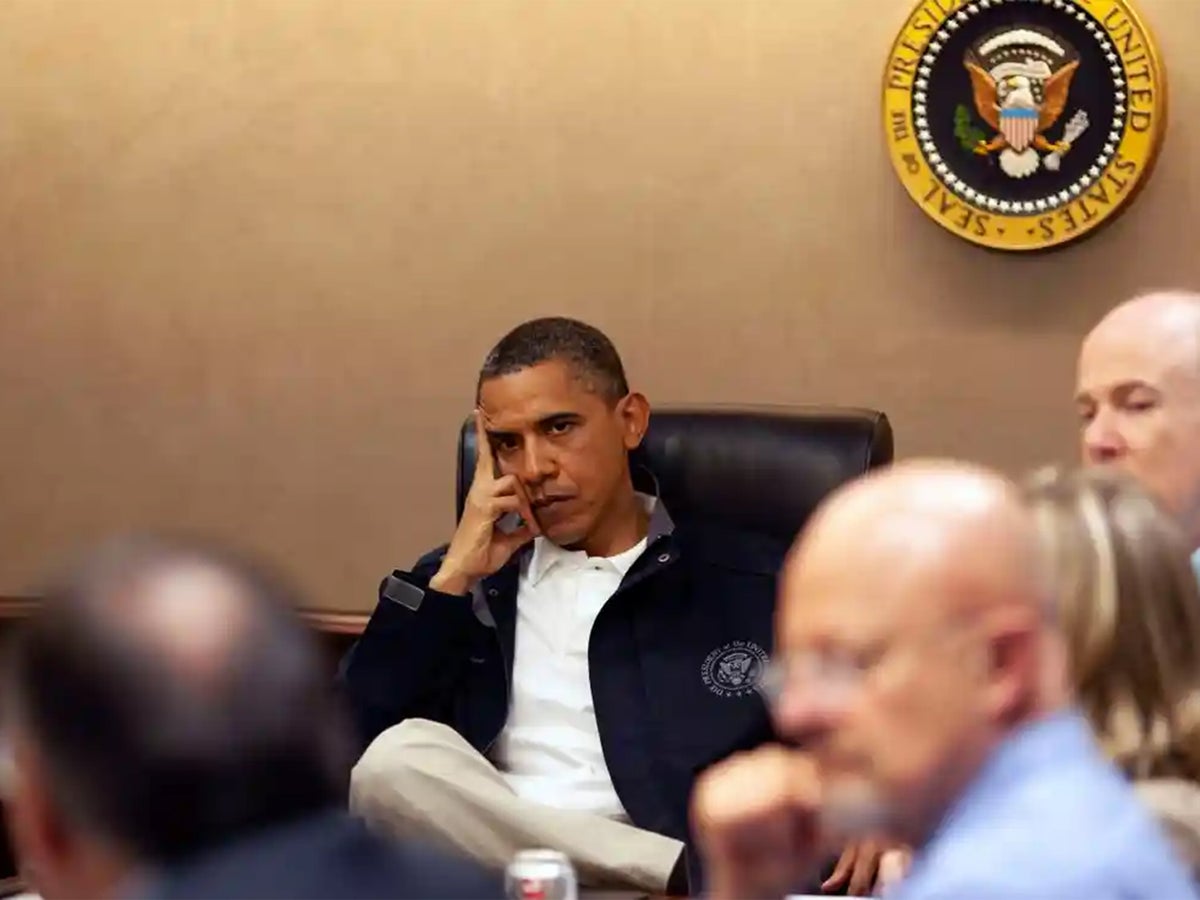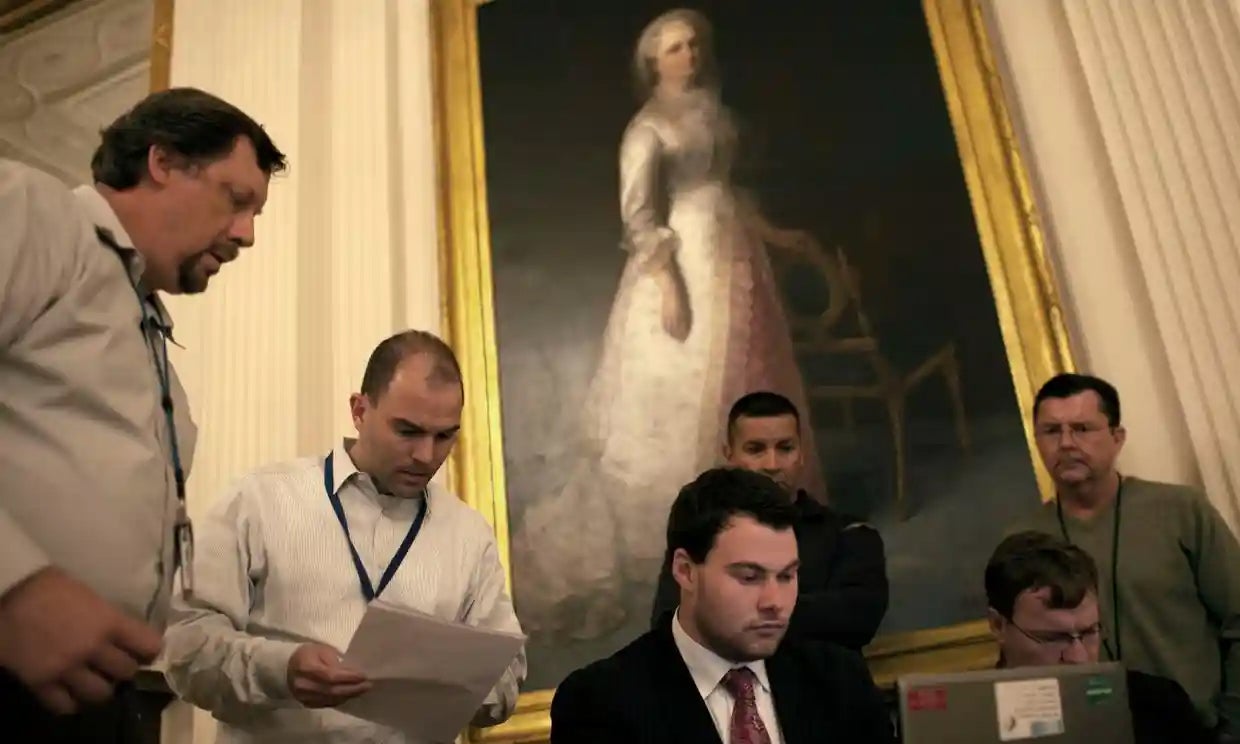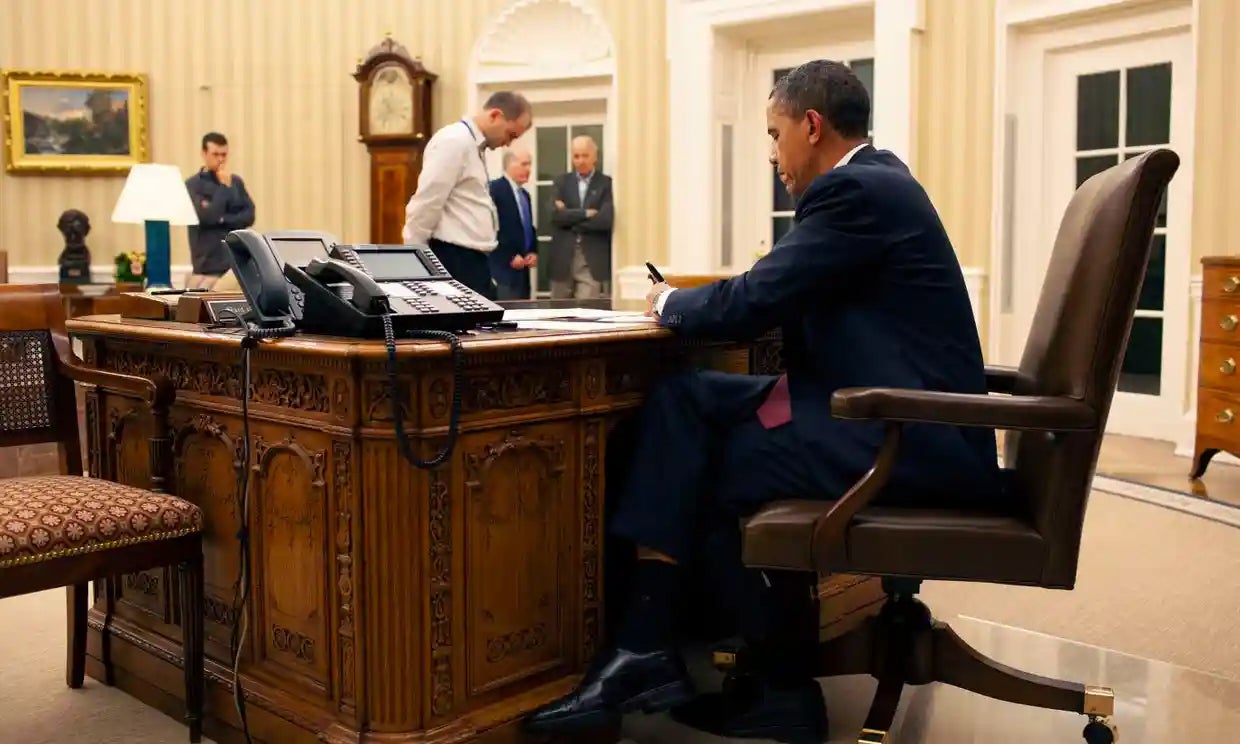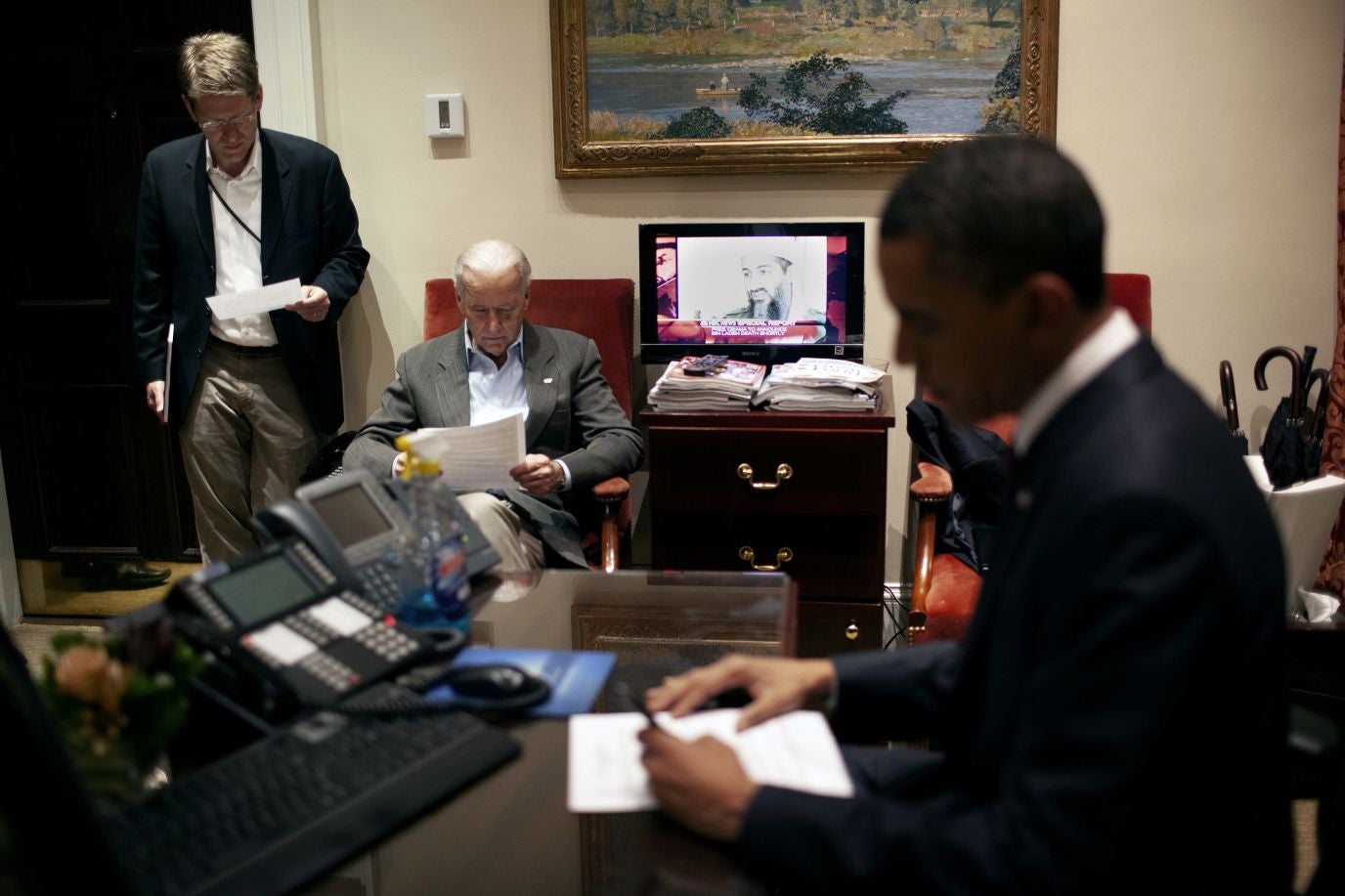
New pictures have been revealed illustrating the tense atmosphere in the White House during one of the most dramatic special operations of the century – the killing of Al Qaeda leader Osama bin Laden.
The pictures were released through a Freedom of Information Act request from The Washington Post to the Obama Presidential Library. Taken by White House photographers during the administration of President Barack Obama, the photographs exhibit the near-palpable tension among America’s top leaders as they watched remotely while US soldiers located and killed the al-Qaeda terrorist.

The raid took place nine years and almost eight months after hijacked airplanes struck New York City’s World Trade Center, the Pentagon and a field in Pennsylvania on September 11, 2001, killing nearly 3,000 people in a terrorist attack that nearly brought the world to a standstill. The Bush administration immediately named Bin Laden and Al-Qaeda, the Islamic terrorist organization he co-founded, as the prime suspects. A $25m reward was offered for information leading to bin Laden’s capture or death.
It took nearly a decade, however, before the US would hunt down the terrorist and exact justice – but operations had been ramping up for months before President Obama gave the final order just days before his killing.
According to senior administration officials at the time, the president had begun working with the CIA in September 2010 “on a set of assessments that led it to believe that in fact it was possible that Osama bin Laden may be located at a compound in Pakistan.” Intelligence became more aggressive and pinpointed, and President Obama, in the middle of March, began chairing a number of National Security Council meetings. On 29 April 2011, he gave the final order ro pursue the operation.
Days later, the White House cancelled all public tours on 1 May and, as official photographers documented events, Cabinet members and others began crowding into the Situation Room complex. At 1.22p., CIA Director Leon Panetta gave the order to begin the operation; by around 3.30pm, helicopters carrying US special forces were nearing the compound in Abbottabad, Pakistan, where Bin Laden was believed to be.
By 4pm, “Obama’s national security team soon squeezed into the room with the president,” the Post reported on Saturday. “White House photographer Pete Souza also was in the room, taking pictures with his ‘butt up against a printer.’
“At 4:05 p.m., Souza took the now iconic photo of Obama and his advisers intensely watching the video feed of the raid. A document on the desk remains blurred in the version released by the Obama Library. The Library withheld 307 photos from the Post, describing their contents as ‘national security classified information.’”

Bin Laden’s body was buried at sea the same day. Hours after his killing, at 11.35pm, President Obama addressed the nation and the world from the East Room of the White House in a televised speech.
“Today, at my direction, the United States launched a targeted operation against that compound in Abbottabad, Pakistan,” he said. “A small team of Americans carried out the operation with extraordinary courage and capability. No Americans were harmed. They took care to avoid civilian casualties. After a firefight, they killed Osama bin Laden and took custody of his body.”
He continued: “Tonight, we give thanks to the countless intelligence and counterterrorism professionals who’ve worked tirelessly to achieve this outcome. The American people do not see their work, nor know their names. But tonight, they feel the satisfaction of their work and the result of their pursuit of justice.

“We give thanks for the men who carried out this operation, for they exemplify the professionalism, patriotism, and unparalleled courage of those who serve our country. And they are part of a generation that has borne the heaviest share of the burden since that September day.”
The new images – which took more than a year to receive after filing the FOIA request, the Post reported – reveal an even more intimate glimpse of a deeply significant day of American history.
Mr Souza has spoken with similar gravity about the weight of the job of White House photographer, detailing in a 2020 interview the advice he hoped to give to the next person taking up the mantle.
“Remember what the number-one function of this job is: It’s to document for history,” he told Fast Company. “You’ve got to give access to what’s happening for the history books. You can make your own decision on whether you want to make any of those public during the administration, but, for history, we gotta make sure we have those images.”







